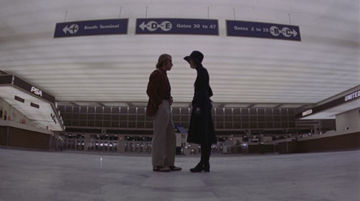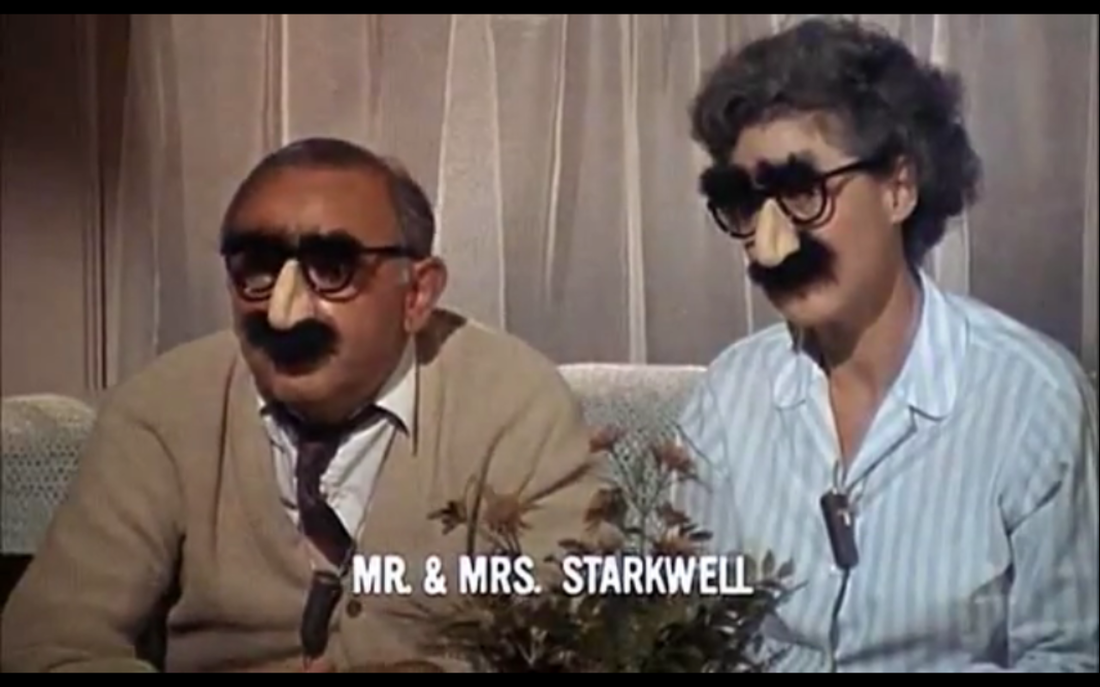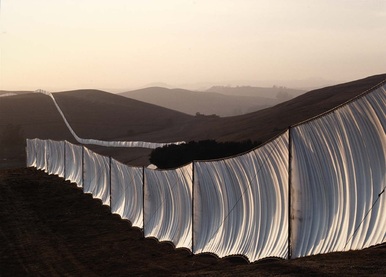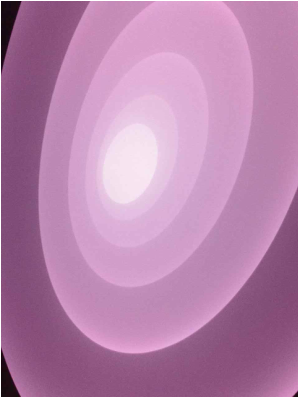
Why are there more working-class white characters in Woody Allen’s new movie than in the entire 415 area code?
And why do they all sound like they’re from Queens?
Like many San Franciscans, I was titillated last year when Woody Allen announced he would be returning—after an absence of more than 40 years—to shoot a new film in my hometown, his first local shoot since “Play it Again, Sam” in 1972. We had been feeling ignored.
And why do they all sound like they’re from Queens?
Like many San Franciscans, I was titillated last year when Woody Allen announced he would be returning—after an absence of more than 40 years—to shoot a new film in my hometown, his first local shoot since “Play it Again, Sam” in 1972. We had been feeling ignored.
| In the intervening four decades he had positioned his cameras along virtually every block of Manhattan’s Upper East Side, not to mention iconic scenes filmed in Los Angeles and even whole movies set in London, Paris, Rome and Barcelona. What are we, chopped liver? Sure, we might have been good enough for the early silly comedies (the father of a high school friend of mine had a bit part in “Take the Money and Run,” to his eternal fame, see right), but it seems we were not sophisticated enough for Woody’s mature classics. To think we didn’t even rate for any of those middling, workmanlike films he was churning out in the 90’s…ouch. |
But with “Blue Jasmine,” the prodigal Jewish son redeemed himself among local cinephiles. The weeks he was shooting last summer in the Bay Area ushered in a daily game of “Where’s Woody?” with rumored sightings of the famously reclusive director recorded in the local papers, along with online speculation about the nature of each scene (“a fancy party in Belvedere!” “a marital squabble in the Mission District!”); guesses on each actor’s role (“Bobby Canavale plays a car mechanic!”); and breathless reports from friends who scored precious slots as background players (a.k.a. “extras,” for those new to the glamour of the cinema).
 Cate Blanchett in "Blue Jasmine"
Cate Blanchett in "Blue Jasmine" So I attended the film eagerly to see how our city fares, encouraged by early word about Cate Blanchett’s performance. The latter is a complete knockout. As many of you will know by now, she plays a cross between Ruth Madoff and Blanche DuBois, creating a Xanax-popping, Chanel-jacketed, semi-delusional socialite, tightrope-walking on the edge of nervous collapse. Blanchett is amazing, and her character, Jasmine French, is as sharply observed a female role to emerge from Woody’s keyboard as any in “Hannah…” “Vicky…” or “Annie Hall.”
 Bobby Canavale in "Blue Jasmine"
Bobby Canavale in "Blue Jasmine" And there’s the rub. The full-blooded believability of Jasmine and her privileged world—including all the scenes in Manhattan and the Hamptons—is what makes it so frustrating to observe the cardboard inauthencity of most of the important “San Francisco” characters that Woody has peppered throughout the film. Who are these people? Bobby Canavale, Andrew Dice Clay, Louis C.K…. never has San Francisco looked and sounded more like Queens. It’s as if Woody—and his usually impeccable casting director Juliet Taylor—plucked garden variety working-class characters from his stock repertoire and pasted them into a Bay Area setting without any sense of their actually belonging there, or giving them any backstory that made sense out of their living in the Mission (Canavale), the Outer Sunset (Clay), or Marin County (C.K.). As Jasmine’s struggling working-class sister, “slumming it” at 14th and South Van Ness, Sally Hawkins fares a bit better, perhaps because she has the skills to transform her native English accent into something you’d actually hear in the Mission (note to Woody, though: that neighborhood has for years been a hotbed of rising rents, hipsters and Googleistas).
But more jarring than the accents, the San Francisco these characters inhabit includes virtually no Asians, no Latinos, and no gay people—at least none with any lines. It’s all white working class (a minority population in the 415 if there ever was one), and not an especially Bay Area version of that sub-group to boot. In one scene, Canavale’s buddies hang out watching boxing and eating pizza; how hard would it have been to get them to lose their Joisy accents and scarf some burritos during a 49er game…or better yet, a Raiders game?
So while I was delighted to see some odd corners of my city show up in a new Woody Allen movie, I left feeling that we hadn’t really been understood very well. It was a tourist’s-eye view of our town, written by someone using a slightly out-of-date guidebook and a very out-of-touch social map. Maybe the absence of 40 years took its toll on Woody the writer. I am not certain he could conjure up an authentic sense of a city he hadn’t really seen since Nixon was in office. Even “Play It Again, Sam” wasn’t exactly a documentary, but he got away with a nostalgic view of the city since his main character was (literally) haunted by a noir-era Bogart.
| To be fair, Allen often gives us highly romanticized versions of his locales, from Gershwiny Manhattan to accordion-soaked Paris. But in “Blue Jasmine,” the disparity between the spot-on depiction of Jasmine’s high-end New York and the off-target imitation of down-market San Francisco (an oxymoron in itself) left me feeling queasy. It seems last year’s visitation from Woody wasn’t really a location shoot after all; San Francisco was, in the dubious tradition of Hollywood studio pictures, just another backdrop. |










 RSS Feed
RSS Feed
